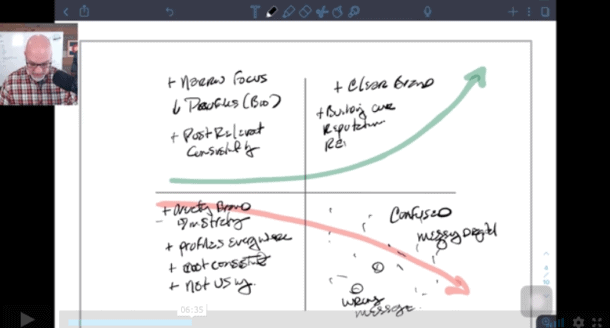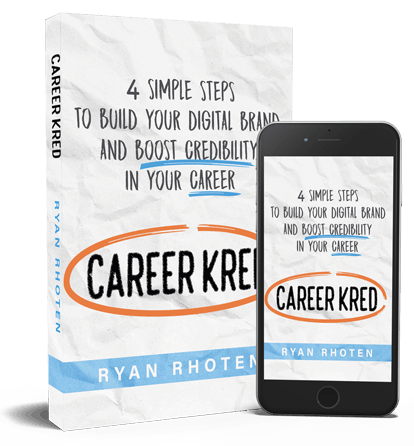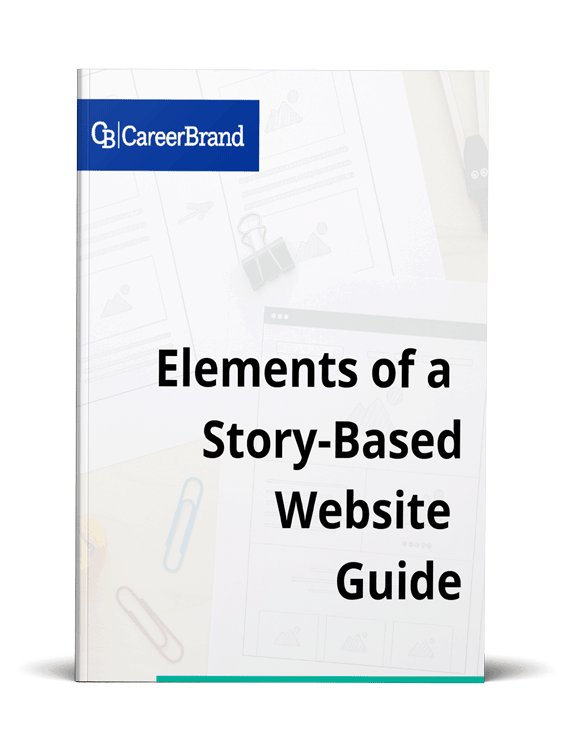Employer branding is becoming a hot topic of discussion within the HR community, and rightfully so. According to a 2014 Gallup survey, 70% of employees fall into the not engaged or actively disengaged category.
 These employees are not super committed or enthusiastic about their jobs or the company they work for.
These employees are not super committed or enthusiastic about their jobs or the company they work for.
In reality, they have become complacent and probably do just enough to keep getting a paycheck.
Worse for the employer, they tell their friends and even acquaintances how Blah it is to work for the company. All of this negative talk leads others who are not employed by the company to form a very real opinion about the company and what it’s like to work there.
Wikipedia defines employer branding in this manner:
“It’s an organization’s reputation as an employer. It defines an image of the company for the current employees, key stakeholders and external market regarding whether the company is a ‘great place to work’ or not”
Even more than that, it gets right to the heart of what every company wants to improve and cultivate, its culture.
THE CHANGING WORKFORCE
Price Waterhouse Coopers released a global survey of HR professionals in 2014. It found, and what should come as no surprise, that technology is changing the world in which we work.
With these technological changes, job seeker’s have an increasing need for diversified careers, mobility and flexibility. This is probably why 46% of the HR professional surveyed expect at least 20% of their workforce to be made up of contractors or temporary workers in 2020. That’s only 5 years from now.
Those same job seekers are evolving with the world of work as well. Technology is providing employees with options never before thought possible, such as the ability to work from home.
With this new found freedom, job seekers are beginning to see the value they bring to an organization. The survey states that job seekers “will have their own ‘brands’ and will sell their skills to those who need them”.
Job seekers will finally begin to view themselves as CEOs of our own company: Me, Inc. which Tom Peter’s first suggested in 1997.
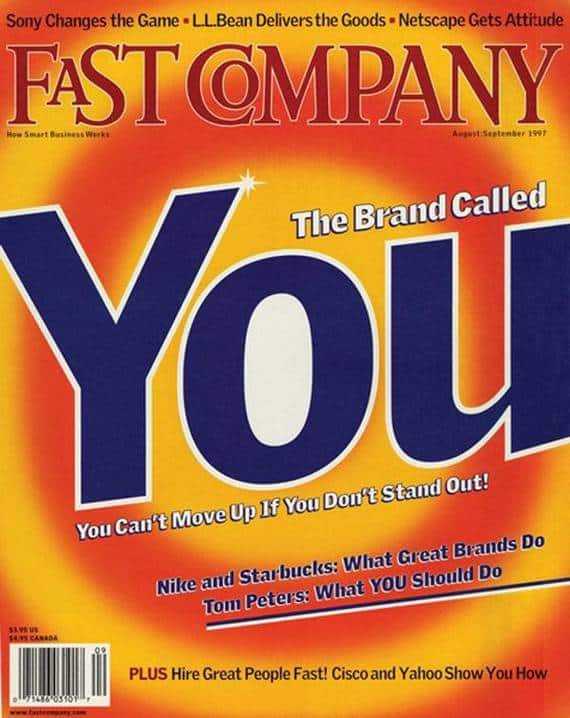
If you believe that people do business with those they know, like, and trust this means that employers will need to become a company that job seekers know, like and trust in order for them to sell their skills to them.
In order to build that trust, companies will need to review every aspect of their business, to ensure they have a good reputation not just as an employer but as a good corporate citizen as well.
They will need to have a good employer brand.
HOW TO DETERMINE AN EMPLOYER’S BRAND
As a job seeker, how do you determine if a company is one that is a great place to work? For years, job seekers only insight into a company was through a job description or the company’s website.
Employers could craft a vision or storefront window of what they wanted job seekers to see (think advertising) and we would have to accept that vision, that promise, at face value.
We had no other means to look inside the company unless of course we knew someone who worked there.
Thankfully those days are over.
Today, you can find out a tremendous amount about a company before you ever step through the doors for an interview.
Technology has advanced to the point where we can now research a company just like we would research purchasing a car.

Picture from: http://www.thecarconnection.com/overview/land-rover_range-rover-evoque_2014
Employer Review Sites
Just like the job search, in year’s past if you wanted to buy a car you would head to the dealership and wander around the lot. You may have a rough idea of what you wanted, maybe not.
If you fell into the latter camp you could be easily be “sold” on a car completely different that what you were thinking you wanted.
Fortunately, today, before you step foot on any car lot, odds are very good that you’ve done your research. At the very least you’ve Googled the car and read the manufacturers website marketing buzz.
More likely, you’ve gone to sites like cars.com, kbb.com or edmunds.com to read the reviews.

Reviews from people who already own the car (think employees who currently work at the company), help us see the car from “the inside”.
We then take all of the reviews, the manufacturing and tech specs and aggregate them to form our opinion about the car and whether or not we want to buy it.
We do this not just for cars but for houses and regular everyday purchases. Whether we use Zillow, Amazon, or cars.com we take the time to learn about the product we are buying.
Fortunately, we can now do the same with our careers.
Websites such as glassdoor and Indeed, now allow job seekers to read written reviews for companies.
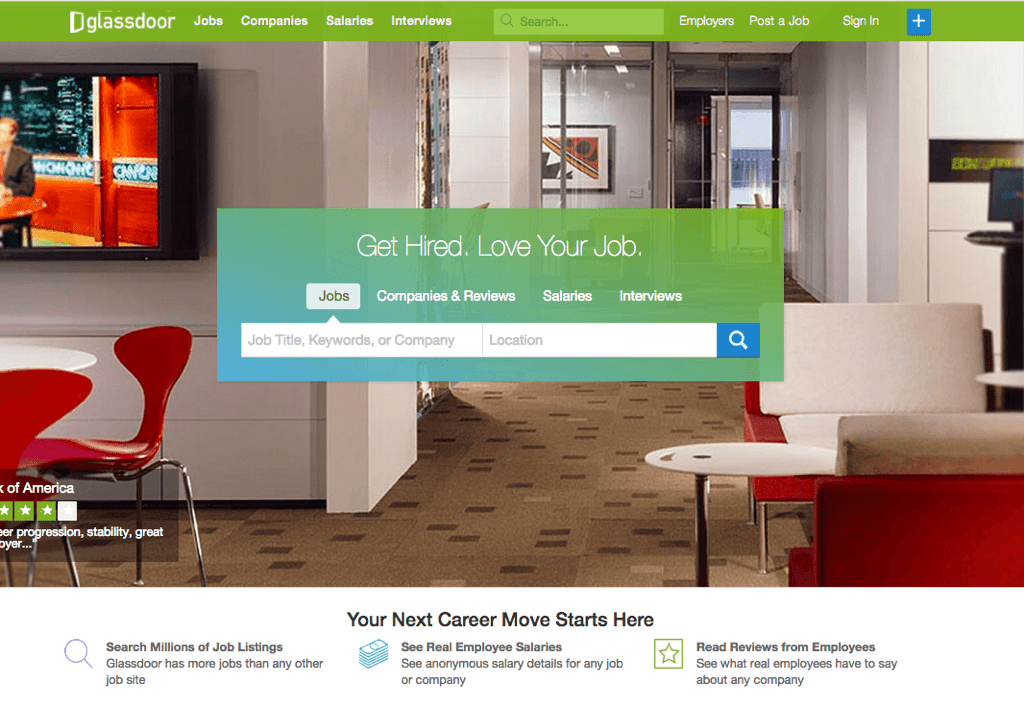
Just like the reviews of products on Amazon or the reviews of cars on edmonds.com, the reviews on glassdoor and Indeed are written by those who have experience with the company.
Whether a current or recent past employee, the reviews written on these sites are from those who have first-hand knowledge and experiences with the employer.
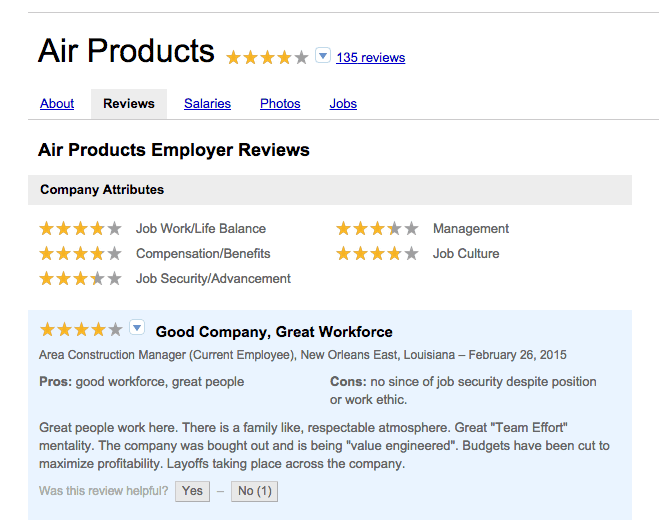
Now, it’s true that some of these sites contain reviews from, shall we say, disgruntled employees.
However, if you read a lot of reviews that basically say the same thing, well, to me that’s a trend not to be taken lightly. Too many disgruntled ex-employees from the same company should tell you something.
Twitter and LinkedIn
When used together, Twitter and LinkedIn can offer a powerful punch for job seekers searching for clues to an employer’s brand.
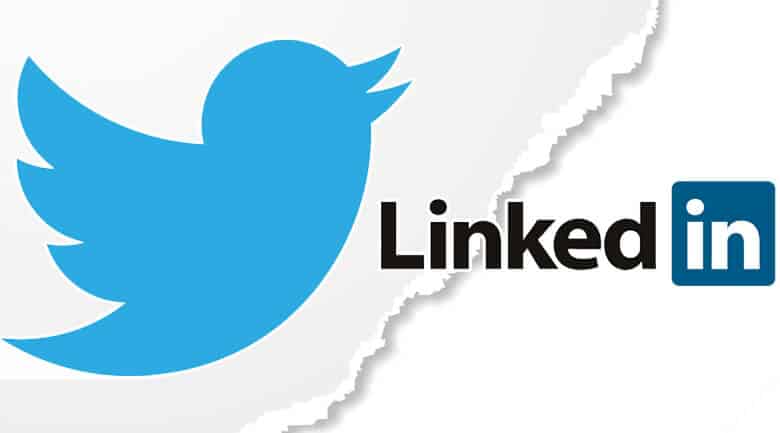 Credit for picture: http://agbeat.com/social-media/twitter-dumps-linkedin-best-thing-happen-linkedin/
Credit for picture: http://agbeat.com/social-media/twitter-dumps-linkedin-best-thing-happen-linkedin/
Twitter can be great resource all by itself for determining a company’s brand. Most companies today have a Twitter account and I recommend you follow the main company account for the latest news and updates (info you can use during interviews).
But if you really want to get a feel for the company, it’s the individuals on the inside that you really need to follow.
The truly great thing about Twitter is that it has no gate-keepers. If someone inside the company has an account, they are open for a conversation.
Now who to follow?
To get the most from Twitter, use LinkedIn to identify the hiring managers at a company. Ideally, you’ll find the person in charge of the position you want to fill.
A word of caution here. If you do find the hiring manager for your dream position, don’t be an Ask-hole.
[Tweet “Social Media is a conversation, not a conversion.”]
Going for the ask on your first tweet is like going for the goodies on the first date. Don’t do it. No matter what you think your chances are.
Instead, use Twitter to politely “stalk” the person. Watch what they are tweeting about. Attend a Twitter chat with them.
Do they tweet highly about the company? Do they show pictures or tell tales of what it’s like to work there? Pay attention. You can learn a lot from 140 characters.
SUMMARY
So the next time you’re looking for a job, don’t start with the job title you want. Instead, list out the companies you want to work for and research their culture.
Understand their employer branding. Use their brand to narrow down your list. Start a Twitter conversation with the hiring managers. Develop a relationship with them.
This will take time. It won’t happen overnight. But it just might turn out to be the best investment of your time you’ve ever spent.
QUESTION: How do you determine an employer’s brand? Share you answer on Twitter @RyanRhoten.
